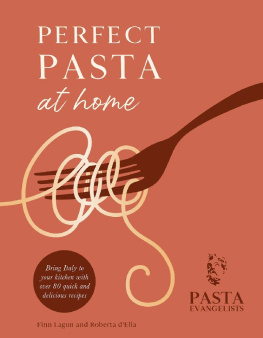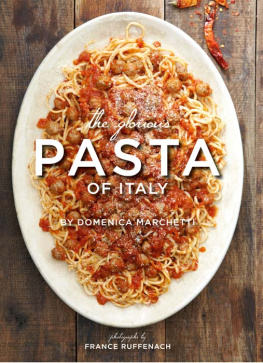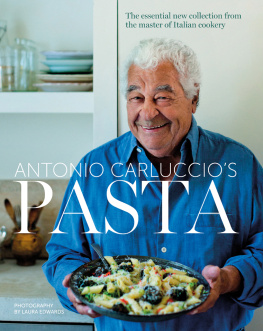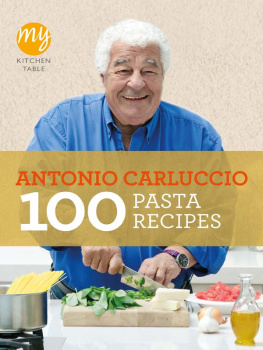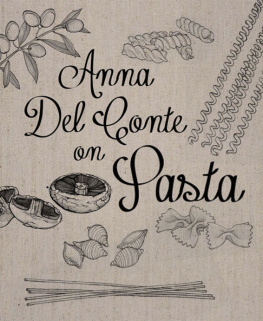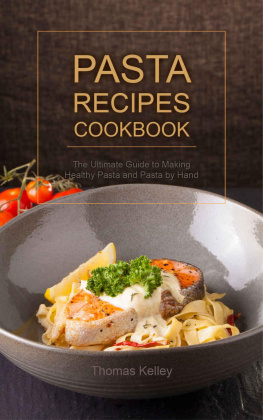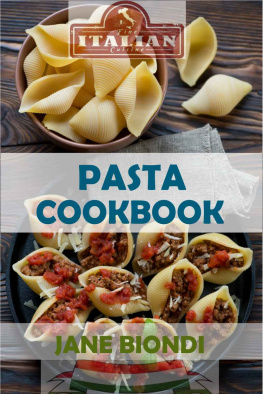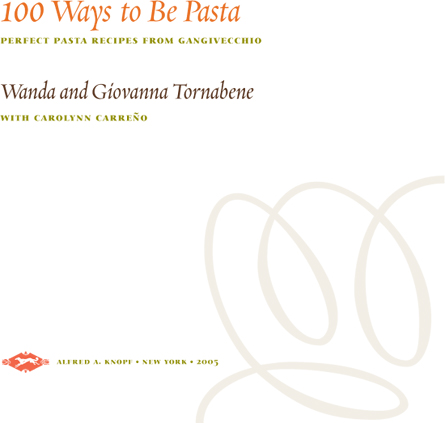ACKNOWLEDGMENTS
A simple thank-you to all those people who collaborated on this book by improving our lives in some way. Since for us it is sometimes difficult to separate life from food, this is a tribute to those who have made both of those things so much better.
Thanks to Michele Evans Plesser and to her husband, Tully. Although Michele is not with us in this third book, she is always in our hearts as a perfect example of friendship, love, and generosity. We know we can always count on them.
Thanks to Peter Gethers, our editor, and to Janis Donnaud, our agent. Without them, this book simply would not exist. And even if life sometimes plays its tricks on human beings, these things will never cut the deep feeling between us.
Thanks to Carolina Carreo, our new coauthor. We shared with her a piece of our life in Gangivecchio, and she shared with us her talent and patience.
Thanks to all the people at Knopf for the passion they put into their work and the exceptional product that comes of this.
Thanks to all the friends and relatives on this island where we live and work, and where forever we will have the warmth of their assistance and their presence.
Thanks to the crew who live and work with us. This includes our little animals, the dogs and cats that bring joy to our souls every day.
And last, thanks to Gangivecchio, an endless source of ideas and of love.
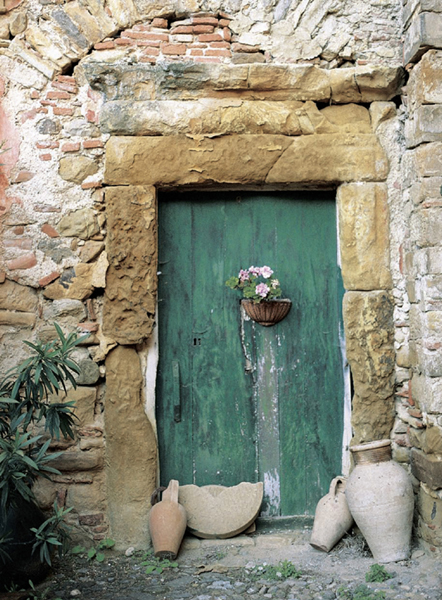
GIOVANNAS INTRODUCTION
It was on a summer afternoon over dinner at Gangivecchio that our agent, Janis Donnaud, suggested we write a third bookthis one about pasta. Theres nothing more Italian than pasta, she said. And this is true. Pasta is so basic for us that Mamma and I wondered if we had anything to tell people about pasta that they didnt already know. Janis and her partner, our editor Peter Gethers, assured us that based on what they had seen and tasted during the hundreds of meals we have prepared for them, we did. When they told us this, we became very enthusiastic.
We imagined that to write a book about pasta would be as natural as breathing. We know so much about this food, the most famous product of our country. We know its history and everything there is to know about cooking pasta. Inventing new ways to prepare pasta with an innate sense of what will work and what will notthis seems to be part of our genetic code as Sicilians and as Italians.
We know pasta so well that it is in our heads the way that every educated person carries simple mathematic formulas and uses them every day without knowing it. One liter of water for one hundred grams of pasta, five to ten grams of salt for every liter of water. Eighty grams of pasta for every person. We walk to the pasta drawers that are filled with so many different shapes of pasta, we choose the shape we want, weigh it on the antique scale that is central to our kitchen (and our cooking), salt the water, stir the pasta to prevent it from sticking together. We taste from time to time as it cooks because thirty seconds underdone and the pasta is tough and chewy. Boiled too long and it becomes gluey and worthless. Finally, we drain the pasta and toss it with a condimento. These actions are like a memory in our bodies. Writing this book, we had to think about these things for the first timeabout what exactly we were doing and whyso that we could pass this information on to our readers, who may not have pasta running through their blood as we do. In this book we have tried to reveal all the little tricks, gathered over the years, to help you make every pasta dish a perfect one. But the true and only trick is to cook with passion.
For us, pasta is more than just a food. It is part of our histories. This simple substance, boiled in water and salt, has managed to sustain entire populations in the darkest times of poverty. It is a good friend, a member of the family. It is something we love. While it nourishes the body, it also gives a unique sense of satisfaction and comfort that is so deep, Im afraid you might think I am crazy if I try to explain it. Though we have a diverse cuisine in Sicily, and all over Italy, it is pastain small shapes, like ditalinithat we are weaned on. It is pasta that we are fed when we are sick, and pasta that sustains us when we are old and have neither the teeth nor the digestion for anything else. When we are living well, it is over a plate of pasta that friendships are born and family ties are reinforced. As a matter of habit and history, pasta is what we reach for to comfort ourselves and our loved ones in the happiest of times and the saddest. It is the food we identify ourselves with as Italians and the food we miss most when we travel abroad.
When Italians offer a plate of pasta to friends or strangers, we are opening the doors of our homes and welcoming them inside in the most generous way. It is in that spirit that my mamma and I, who have had the good fortune to be accompanied all our lives by this most versatile of foods, these golden strands of nourishment, invite you through the tall, ancient wooden doors of Gangivecchio and offer up these recipes, these one hundred versions of the golden strands, the god, pasta, to you. So put the water on to boil. And buon appetito!
WANDAS INTRODUCTION
My first memory of pasta is as old as my first memory. When I was a child, forced to stay in bed by the flu, the treatment was to lie under tons of heavy blankets in order to sweat out the illness. After the sweat was over, I would change into a clean set of pajamas my mother had waiting for me on a chair beside my bed. I would jump on the bed, slide under the covers, joyfully moving my feet and fingers, and wait for pastina, small shapes of pasta used in soup. My mother would put lingua di passera, sparrows tongue, in broth, and bring it to my mouth. Once she left the room, I got great pleasure letting it dribble down my chin. Those first tastes of pasta are like tastes of my childhood, and still follow me through my life.



